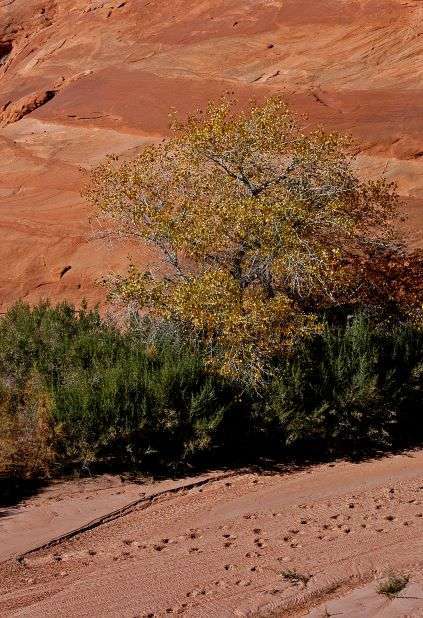The cottonwood tree rises out of the arroyo. It is November and the east wind has taken a toll, stripping leaves and turning those remaining yellow. Picking my way through the rocks and yuccas, aiming at the cottonwood along a crooked path, I slide down the steep bank into the barranca, landing on a gravel floor. Sand and gravel deposited by flash floods, created streambed where water pools, allowing this lone tree to survive in a parched world.
A native son of arid lands, born into a world where rain is a gift, I am at home in dry lands, comfortable with heat, sparse vegetation and cloudless skies. Hoping for rain and celebrating when storms arrive, frustrated when the clouds pass over or deliver only scattered drops to the thirsty soil. Despite infrequent rain, water has shaped this land, sculpting the landscape and vegetation. The impact of falling and running water are everywhere in dry lands of the Mojave Desert, throughout the Great Basin and up the western slope of the Rockies. Dry lands, starved of rain and snow but shaped by water.
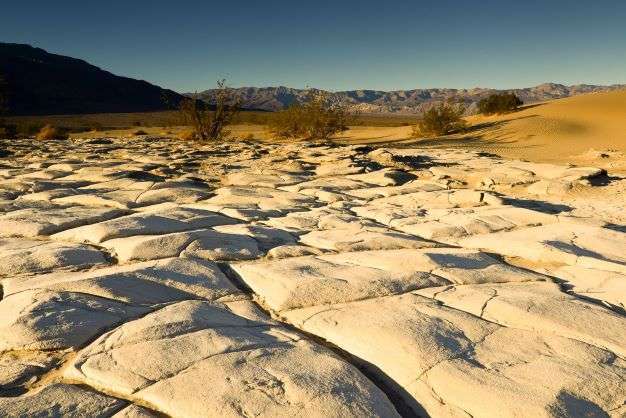
Dry and dangerously hot, the Mojave, rarely sees rain, but water has carved arroyos and canyons, pooled and evaporated to form salt flats, and spread out to create rocky deltas on the desert floor. Perennial vegetation sparse and designed to conserve water. Underground, annual seeds lie dormant, emerging after rare wet winters to produce beautiful, short lived displays of wildflowers.
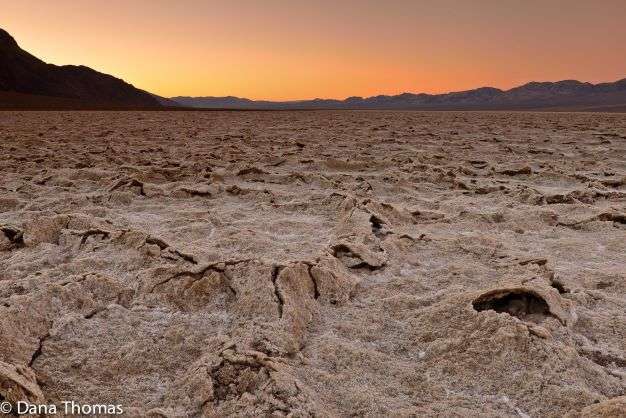
Water and wind shaped the red rock country of southern Utah, southwest Colorado, northern Arizona and New Mexico. Thunderstorms and flash floods have carved deep canyons through layers of rock. Fierce winds have allied with water to create fantastic rock formations that capture the imagination. The lack of water, rocky soil and winds dictate sparse and sculptured vegetation that survive in cracks in the slick rock, but only thrive in relative protection of water courses.
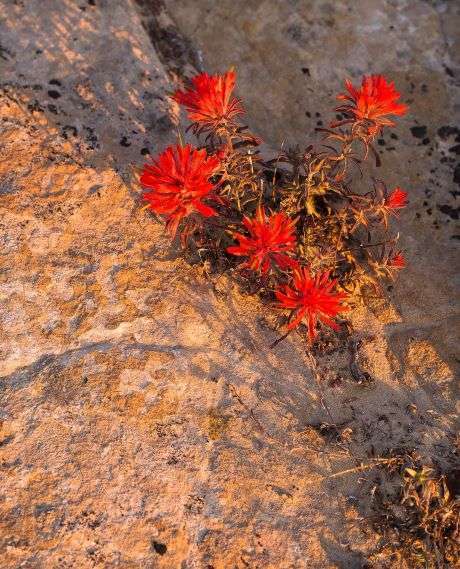
The Four Corners region holds lessons of how water or the lack it has shaped civilization in arid country. In wet times, the Ancestral Puebloans gathered to build stone cities on protective cliffs near springs, potholes and along rare perennial streams. The Ancients left these homes amidst drought and violence. The reasons for their exodus is lost to history, but tree ring data suggests long droughts before and during their migrations. It is reasonable to believe that they left established homes in part to follow water, leaving the ruins of a large but vanished civilization.
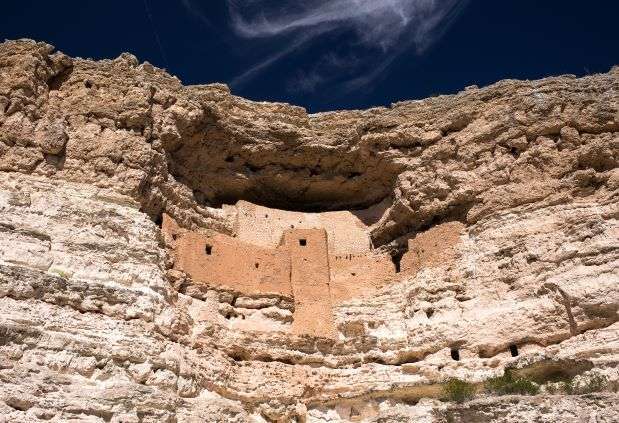
Today their descendants, the Hopi and Pueblo Tribes live in the Ancestral Puebloan's shadow, hauling water or living near isolated springs and intermittent creeks. Water sources no less dependable than the system of canals and reservoirs that supply water to the residents of Los Angeles, San Diego, Phoenix, San Francisco, Las Vegas and Tucson. A system based upon faulty assumptions about weather patterns and blind hope in a last-minute rescue by engineers and expensive technology. A tenuous system that as the climate warms and we enter a period of extended drought is stretched to the breaking point.
I settle in the meager shade of the cottonwood, thankful for November's weak sun. Closing my eyes, I imagine decades of hot, dry weather punctuated by infrequent and violent storms. I see the Ancestral Puebloans clinging to failing springs before abandoning their homes in search of water. Peering into a future colored by knowledge of the past, I wonder where the current residents of this dry land will escape to when the reservoirs and canals run dry, hoping we have the resilience of the Ancients and ;the proud cottonwood.
